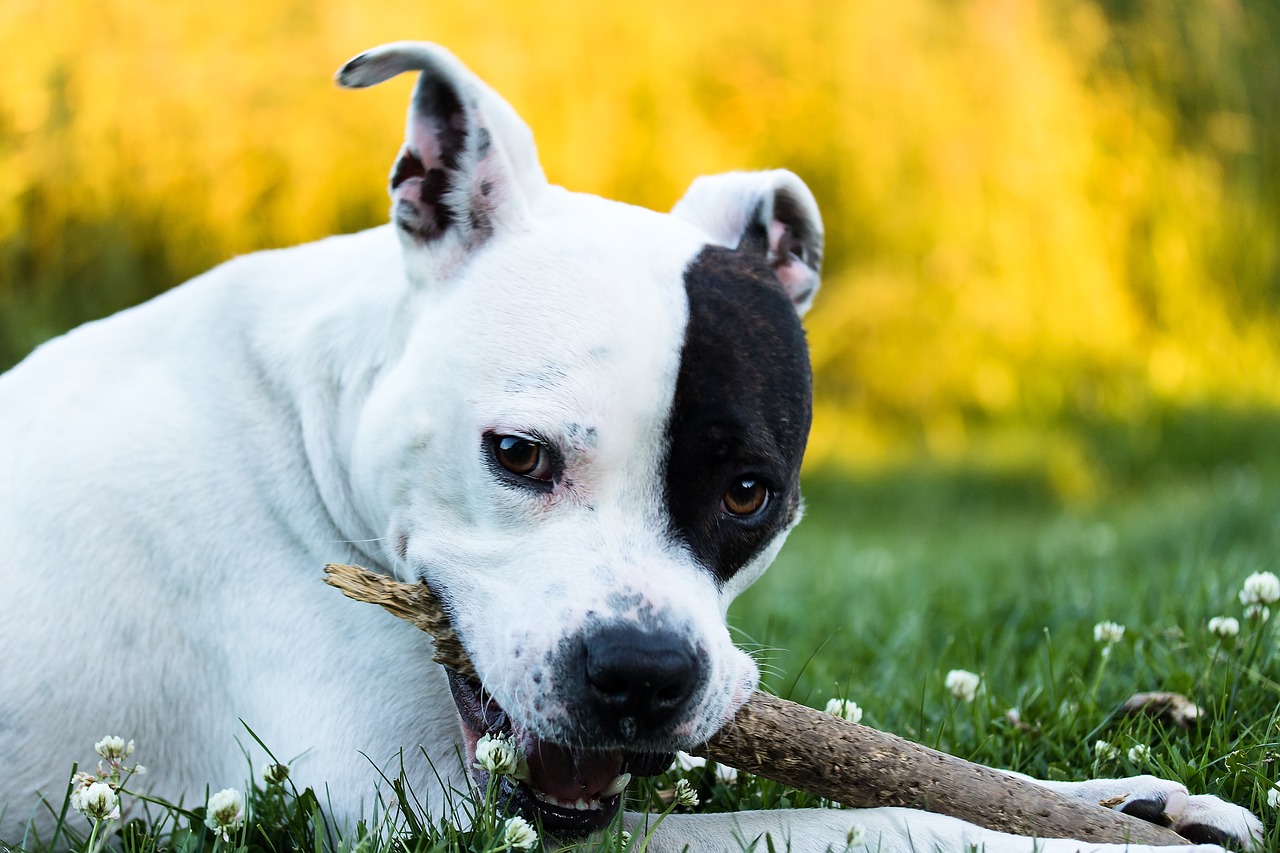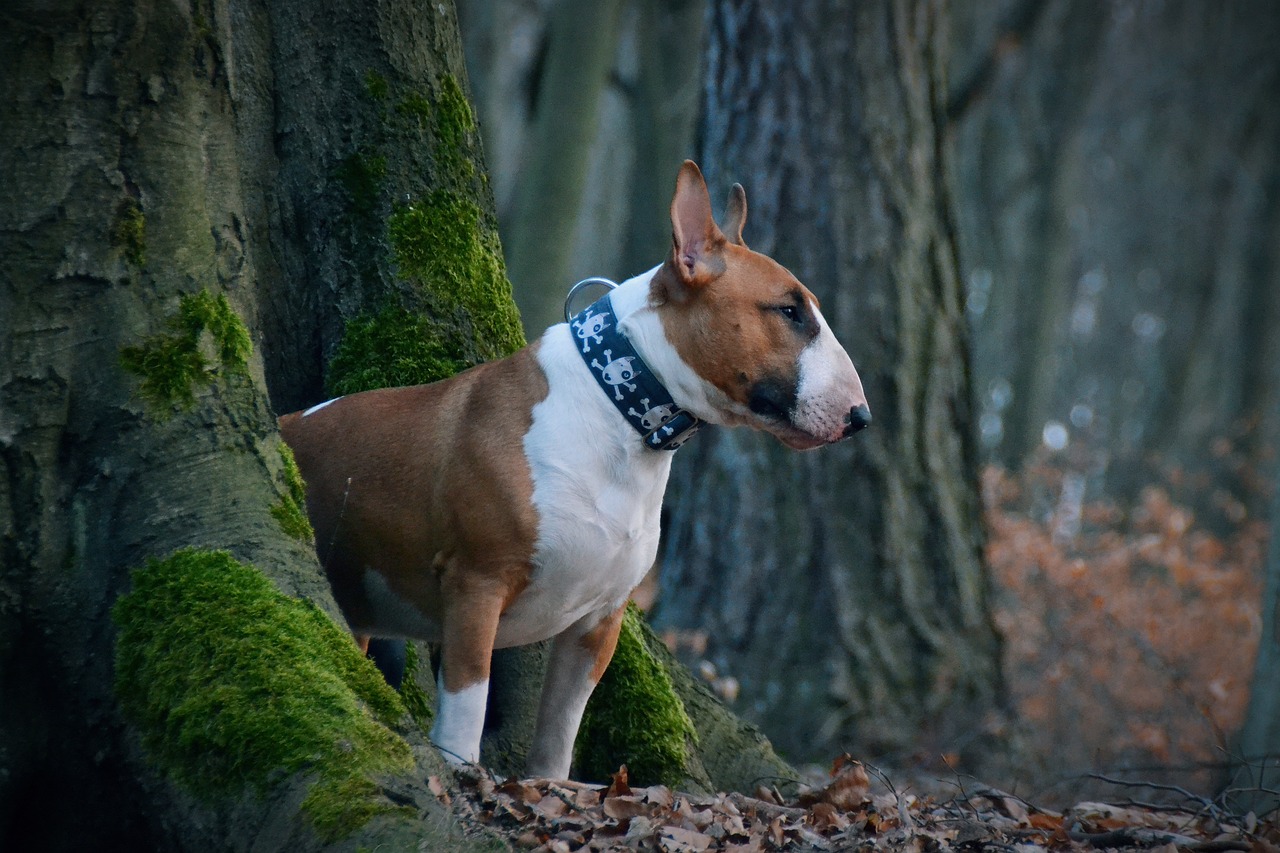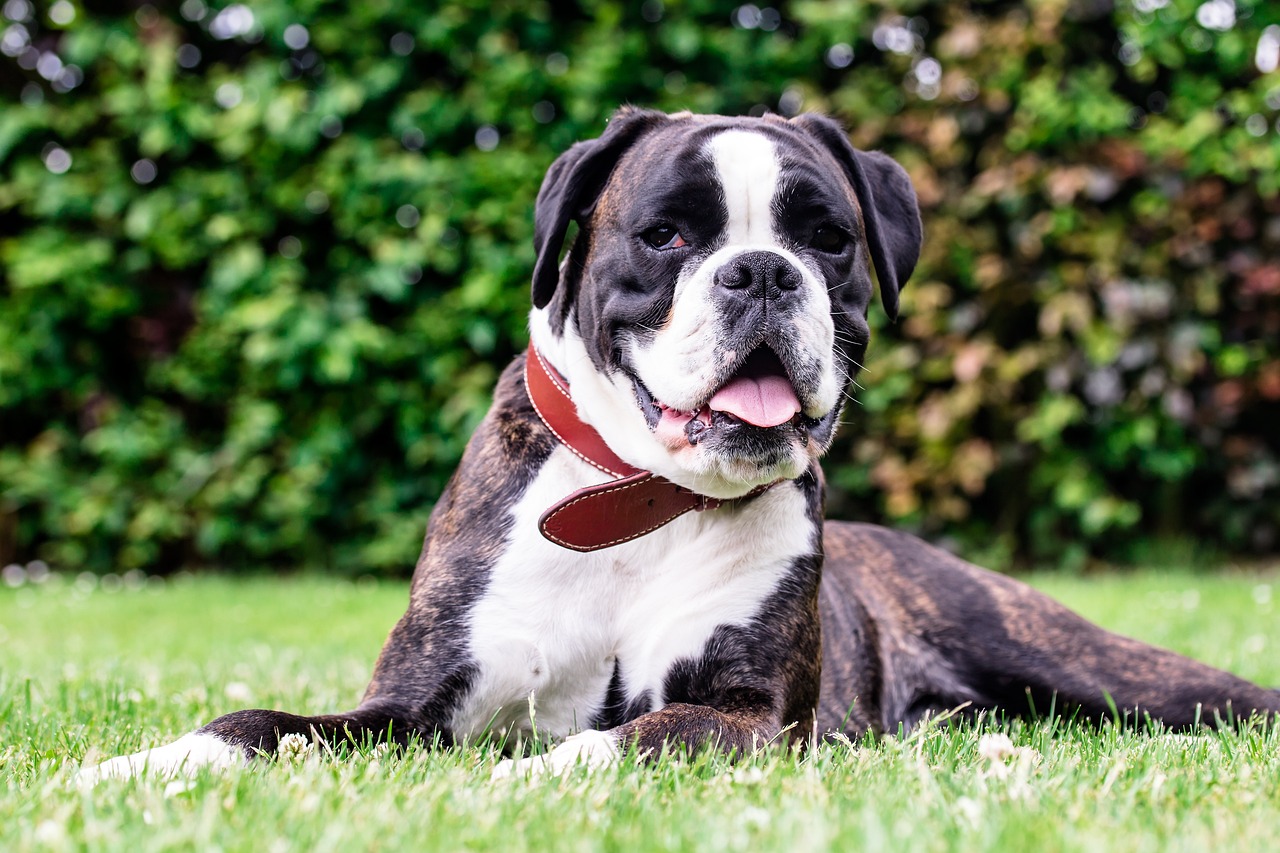The term “Pit Bull” often evokes strong emotions and is frequently surrounded by controversy and misunderstanding. Officially, it refers to the American Pit Bull Terrier, a breed known for its strength, loyalty, and spirited demeanor. However, due to a combination of physical similarities and public misconceptions, several other dog breeds are commonly mistaken for Pit Bulls. This confusion can lead to issues with breed-specific legislation, housing, and insurance policies, unfairly affecting dogs based solely on their appearance rather than individual behavior. Understanding the distinctions between these breeds is crucial for responsible ownership, advocacy, and education. This article aims to clarify and explore five dog breeds that are commonly mistaken for Pit Bulls, highlighting their unique characteristics and histories.
1. American Staffordshire Terrier
The American Staffordshire Terrier, often referred to as the AmStaff, shares a lineage with the American Pit Bull Terrier, contributing to the confusion between the two. AmStaffs are recognized by the American Kennel Club (AKC) and are known for their muscular build, courage, and strength. They typically have a broader head and shorter legs compared to Pit Bulls. AmStaffs are affectionate with families and excel in obedience training, showcasing their intelligence and eagerness to please. Their similar physical traits and temperaments often lead to them being misidentified as Pit Bulls.

2. Staffordshire Bull Terrier
The Staffordshire Bull Terrier, or “Staffie,” is another breed that shares historical roots with Pit Bulls, originally bred for bull-baiting and later for dog fighting in England. Today, they are cherished family pets, known for their love of people and robust, muscular appearance. Staffies are smaller than the average Pit Bull, with a distinctively broad head and a short, stocky body. Their playful and gentle nature with children has earned them the nickname “nanny dog” in their home country. Despite their friendly disposition, their physical appearance often leads to them being mistaken for Pit Bulls.

3. Bull Terrier
The Bull Terrier, with its unique “egg-shaped” head, is instantly recognizable and yet frequently misidentified as a Pit Bull. Known for their muscular build and distinctive facial structure, Bull Terriers are quite different in appearance upon closer inspection. They are spirited, friendly, and known for their clownish behavior, forming strong bonds with their families. Bull Terriers are larger and have a more pronounced head shape compared to Pit Bulls, but their muscularity and strength often cause them to be lumped into the same category by those unfamiliar with the breeds.

4. Boxer
Boxers, with their strong, muscular bodies and square muzzles, are sometimes mistaken for Pit Bulls by those unfamiliar with the differences between the breeds. They are larger and have a more defined chest and longer legs than Pit Bulls. Boxers are known for their boundless energy, intelligence, and playful disposition, making them excellent companions for active families. Their protective nature and athletic build can resemble that of Pit Bulls, leading to confusion and misidentification.

5. Cane Corso
The Cane Corso is a large Italian breed that is part of the mastiff family, known for its imposing stature, muscular build, and protective instincts. While significantly larger and more robust than the average Pit Bull, Cane Corsos can be mistaken for Pit Bulls due to their muscular appearance and strong build. They were originally bred to guard property and hunt big game, traits that contribute to their confident and assertive demeanor. The Cane Corso’s short coat and broad head might contribute to the visual confusion, despite their larger size and distinct breed characteristics.

Each of these breeds has unique qualities and histories that distinguish them from Pit Bulls. Understanding these differences is crucial for responsible dog ownership and advocacy, helping to dispel myths and promote breed-specific knowledge. By recognizing and appreciating the distinct traits of each breed, we can work towards a more informed and compassionate society where dogs are judged by their behavior rather than their breed or appearance.
 Toledo, United States.
Toledo, United States.